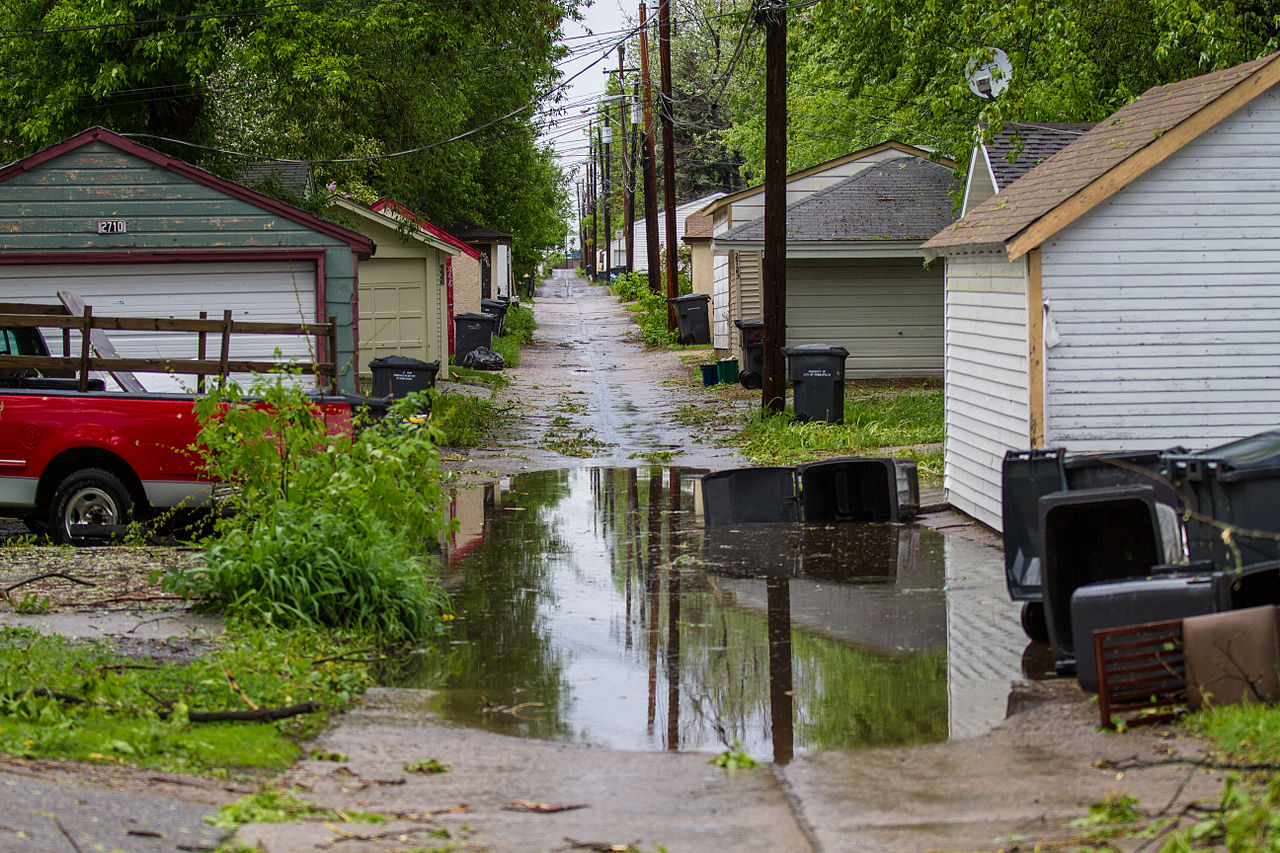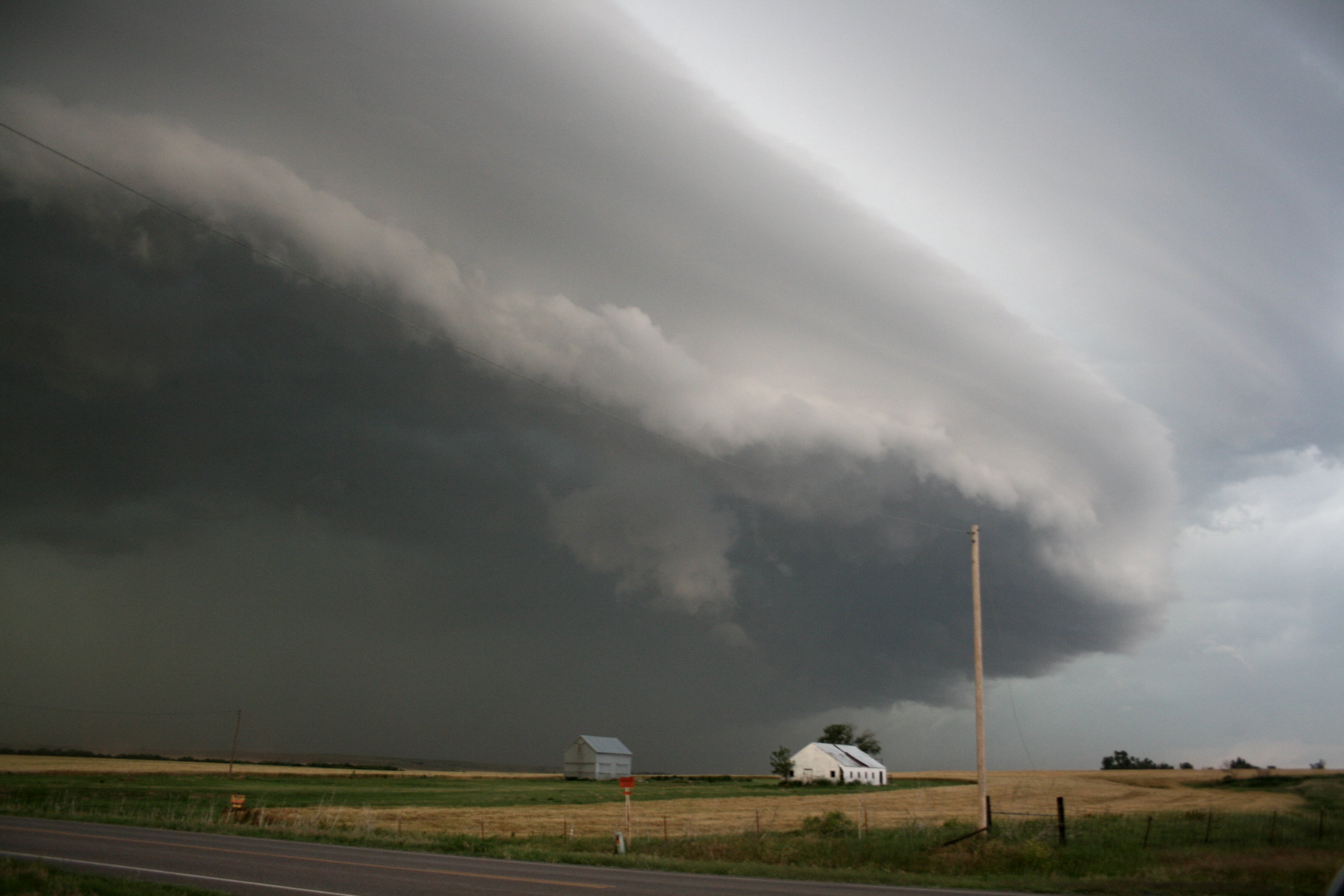
When Climate Change Hits Your Street
July 10, 2017
Share:It was dawn when the tornado hit my street. We had no warning sirens. The rain-wrapped tornado was missed by forecasters and slammed into the apartment complex at the end of the road. The apartment was destroyed, but thankfully, there were no deaths. As a retired science teacher, I have long-known that climate change increases the frequency and intensity of storms, but there’s nothing like a tornado on your block to drive that point home.
Tornadoes aren’t new to Texas. When I lived in West Texas and someone mentioned that a tornado had hit the area, the first comment was usually, “Well, was it a big one or a little one?” Tornadoes happen—especially in Texas. But climate change is affecting how they happen, when they happen, and how often they happen.

Climate scientist Kevin Trenberth of the National Center for Atmospheric Research in Boulder, Colorado is an expert in how climate change affects the severity of weather. In an interview with Scientific American, Trenberth explained in the following way how climate change can affect the intensity and frequency of supercell storms. Climate change causes low-level air to become more unstable. Warmer and moister air increases the creation of convection and thunderstorms. The heating of the atmosphere from climate change starts a dangerous chain of events. The first link of that chain is buoyancy. Buoyancy is the upward force of air. The warmer the air, the more buoyant it becomes. The more buoyant the air, the greater the likelihood of supercell storms or tornadoes. According to Trenberth, the effects are “nonlinear.” Just a 5% to 10% increase in air instability (buoyancy) from climate change can cause a 33% increase in storm damage. Some climate change skeptics might point out that the increase in air instability is just 5%. Climate scientists point out that the effect is 33% more damage from severe storms.

Texans can no longer view climate change as some type of distant global problem. Climate change hits home every day. As temperatures continue to rise, our air quality becomes poor. Heat-related deaths increase. Storm-related losses cause our insurance rates to rise. Droughts affect the prices that we pay for meat and produce. The leaders of 194 countries have agreed that climate change is a global crisis. But it’s also a home town crisis. It’s all around us. It’s in your own backyard. It’s at the end of your street.
Images: source, source, and source
Share: